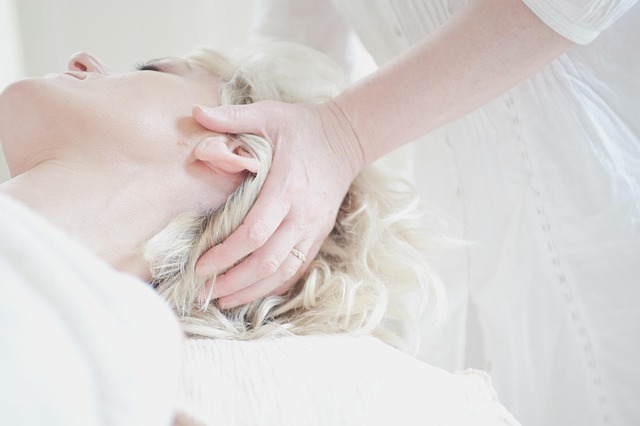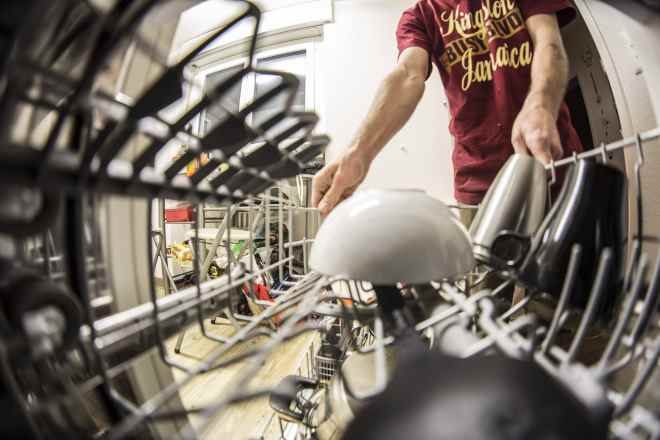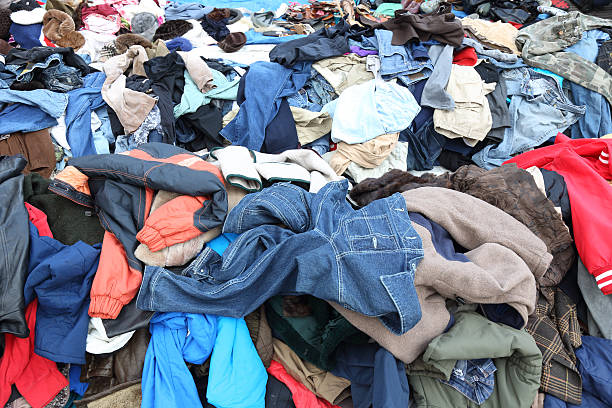Understanding Hair Repair and Professional Care Options
Hair damage can result from many factors, including heat styling, coloring, or environmental stress. This educational overview helps readers understand how professional hair repair services typically work, what techniques are commonly used, and how specialists analyze hair health. You’ll learn about conditioning treatments, repair ingredients, and long-term maintenance practices often discussed in professional care settings.

Damaged hair is more than a cosmetic concern—it can affect self-confidence and overall well-being. From split ends to severe breakage, hair damage manifests in various ways, and addressing it effectively requires understanding both its root causes and the range of professional treatments available. Modern hair repair services combine science-backed techniques with nourishing ingredients to restore strength, shine, and manageability to compromised strands.
Common Causes of Hair Damage
Hair damage rarely occurs overnight. Heat styling tools like flat irons, curling wands, and blow dryers expose hair to temperatures that can weaken the protein structure within each strand. Chemical treatments—including bleaching, perming, relaxing, and frequent coloring—alter the hair’s natural composition, often leading to porosity issues and breakage. Environmental factors such as sun exposure, chlorine from swimming pools, and harsh weather conditions further contribute to deterioration. Additionally, mechanical damage from tight hairstyles, aggressive brushing, and rough towel-drying can weaken hair over time. Nutritional deficiencies and hormonal imbalances may also play a role in hair health, making strands more vulnerable to external stressors.
How Professional Hair Repair Services Work
Professional hair repair services begin with a thorough assessment of your hair’s condition, texture, and damage level. Trained stylists or trichologists examine the hair shaft, scalp health, and overall hair density to recommend appropriate treatments. These services typically involve deep conditioning treatments that penetrate the hair cuticle to deliver moisture and nutrients where they’re needed most. Some treatments use heat or steam to enhance absorption, while others rely on time and specialized formulas to rebuild damaged bonds within the hair structure. Professional services often combine multiple approaches—cleansing, treatment application, processing time, and finishing products—to achieve optimal results. The frequency and intensity of treatments depend on the severity of damage and individual hair characteristics.
Popular Techniques Used in Hair Repair
Several techniques have gained recognition for their effectiveness in repairing damaged hair. Bond-building treatments work at the molecular level to reconnect broken disulfide bonds, which are essential for hair strength and elasticity. Keratin treatments smooth the hair cuticle and infuse strands with protein, reducing frizz and improving manageability. Deep conditioning masks and intensive moisturizing treatments provide hydration to dry, brittle hair. Protein treatments strengthen weakened hair by supplementing the natural protein content, though they must be balanced with moisture to avoid rigidity. Olaplex and similar bond-multiplying systems have become widely used in salons for their ability to repair damage caused by chemical processing. Scalp treatments address underlying issues that may contribute to poor hair quality, promoting healthier growth from the root.
Key Ingredients Found in Repair Treatments
Effective hair repair treatments rely on specific ingredients known for their restorative properties. Keratin, a fibrous protein naturally found in hair, is frequently used to strengthen and smooth damaged strands. Hydrolyzed proteins—including wheat, silk, and soy proteins—penetrate the hair shaft to rebuild structure from within. Panthenol, also known as provitamin B5, attracts and retains moisture while improving hair elasticity. Natural oils such as argan, coconut, and jojoba oil provide essential fatty acids that nourish and protect hair. Amino acids serve as building blocks for protein synthesis, supporting repair and growth. Ceramides help restore the lipid barrier of the hair cuticle, preventing moisture loss and environmental damage. Glycerin and hyaluronic acid are humectants that draw water into the hair, maintaining hydration levels. Antioxidants like vitamin E protect hair from oxidative stress caused by pollution and UV exposure.
Long-Term Hair Care and Maintenance Tips
Maintaining repaired hair requires ongoing commitment and lifestyle adjustments. Reduce heat styling frequency and always use a heat protectant spray when styling tools are necessary. Opt for gentler chemical treatments or extend the time between color services to minimize damage. Choose sulfate-free shampoos and conditioners formulated for damaged or chemically treated hair. Incorporate weekly deep conditioning treatments or hair masks into your routine to maintain moisture and strength. Protect hair from environmental stressors by wearing hats in intense sun, rinsing hair after swimming, and using UV-protectant products. Trim hair regularly—every six to eight weeks—to remove split ends before they travel up the hair shaft. Sleep on silk or satin pillowcases to reduce friction and breakage. Stay hydrated and maintain a balanced diet rich in proteins, vitamins, and minerals that support hair health. Be patient with the repair process, as significant improvements often take several weeks or months depending on the extent of damage.
Conclusion
Understanding the causes of hair damage and the professional options available empowers you to make informed choices about your hair care journey. Whether you opt for bond-building treatments, keratin therapies, or intensive conditioning services, the key lies in consistency and using the right combination of techniques and ingredients for your specific needs. By adopting preventive measures and maintaining a thoughtful hair care routine, you can preserve the results of professional treatments and enjoy healthier, more resilient hair over time.




